The EcoCounts film night with Asif Kapadia was an all-round success. To follow up in a small way, this eco-tip is about information. The amount of misinformation and disinformation that people are exposed to today is not only high, it’s arguably unprecedented in human history, and it is driven in the most part by social media.
Here are some tell-tale signs to help distinguish fact from fiction:
- the information evokes a strong emotional reaction? Be wary – although your strong emotional reaction won’t make it easy.
- there is no cited source: “experts say”, “a study shows”, “many reports say”
- it’s too simplistic, and something quite complex is given an easy solution or a black-and-white framing (“us vs them”)
- convincing data, charts or comparisons are given – unless you plan to become an expert in the field, just remember: there are lies, damned lies, and statistics
- the message is a meme or a viral, shareable slogan – who doesn’t love that?
- it’s scapegoating and broad generalisation when whole groups are blamed for complex problems
For reasons that beggar belief, environmental, ecological, climate and science facts have become the target of mis- and disinformation, but that’s how it is.

